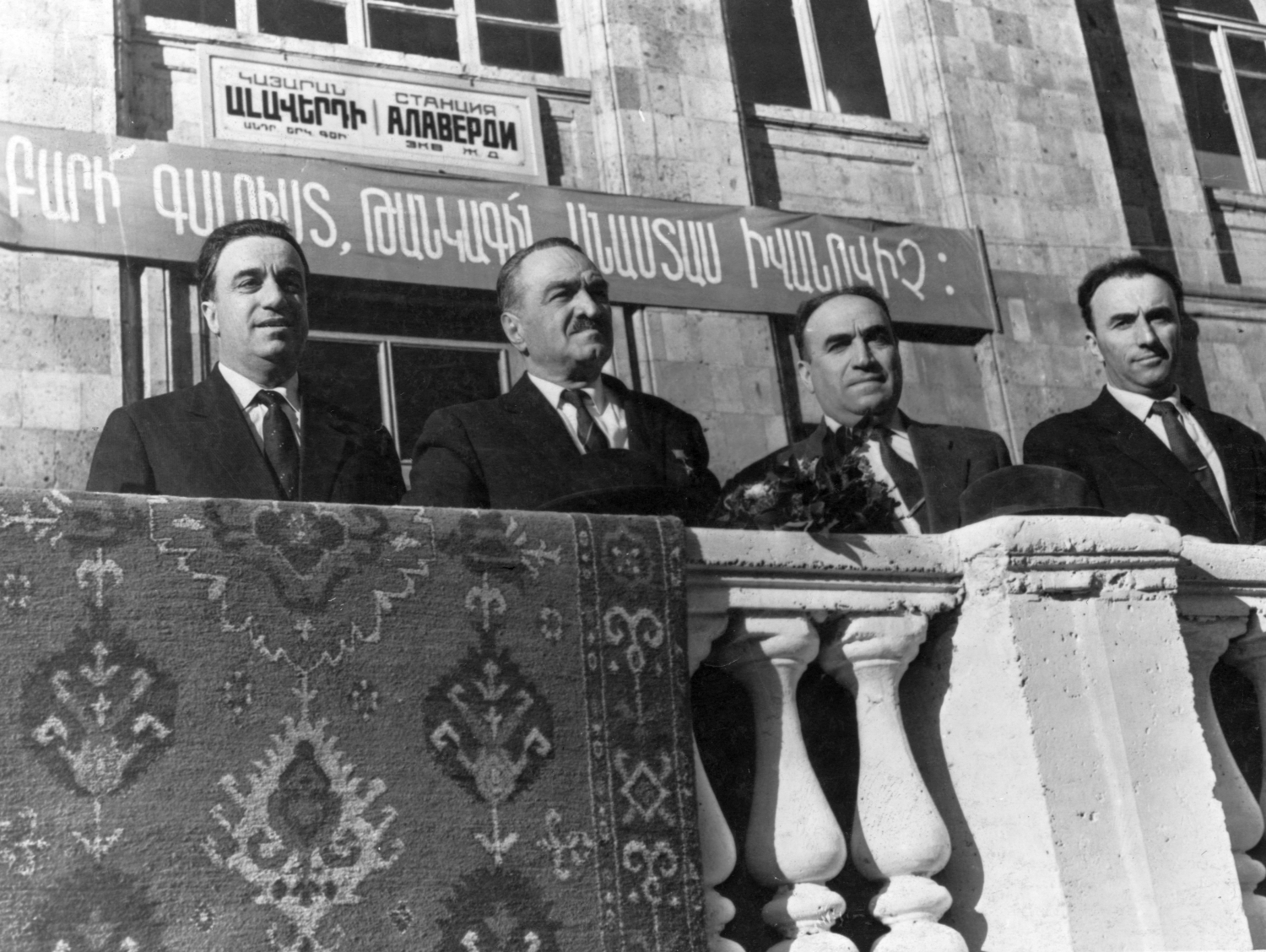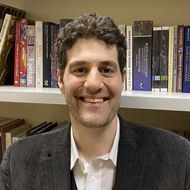Dr. Pietro Shakarian, research fellow of the Center for Historical Research, presents his paper on Anastas Mikoyan's nationality policy reform in the USSR
On December 2nd the series of research seminar of the Center for Historical Research and the Department of History is continuing with the paper "Toward a More Perfect Union? Anastas Mikoyan and Nationality Policy Reform in the USSR, 1954–1964" by Dr. Pietro Shakarian, research fellow of the Center for Historical Research.

Registration
When: December 2, 18:00 (UTC+3)
Format: hybrid. Please fill in the form to participate.
Working language: English
Speaker
Центр исторических исследований: Научный сотрудник
Abstract
On 11 March 1954, Soviet statesman Anastas Ivanovich Mikoyan delivered a consequential speech in the Armenian capital Yerevan. In his address, he articulated the essence of what would become the post-Stalin Soviet nationality policy, condemning “national nihilism,” (i.e., indifference to the concerns of Soviet nationalities) and calling for a more flexible attitude toward national cultures, as well as the rehabilitation of national writers.
After laying out his vision in Yerevan, Mikoyan moved to implement it as Nikita Khrushchev’s point-man on nationality matters. During the drafting of the Third Party Program of the CPSU, the concept of the merger (слияние), or assimilation, of smaller nations into larger ones was officially abandoned by the Party, at Mikoyan’s insistence. Instead, it was substituted by the idea of a rapprochement (сближение), or coexistence of nations, within the framework of a united Soviet state. Having demonstrated his expertise on nationality matters, Mikoyan was then appointed by Khrushchev to be the chairman of the Subcommittee on Nationality Policy and National-State Construction (NPNSC) as part of the Soviet constitutional reform effort of the 1960s. The subcommittee took into consideration not only questions about the self-governance of nationalities, but also questions about the fundamental structure of the Soviet state itself.
Ultimately, the members of the NPNSC subcommittee, led by Mikoyan, were grappling with centuries-old questions regarding the ways in which Russia/USSR as a multiethnic state should be governed. Should the state be centralized? If not, how much power should be delegated to the union republics? What kind of self-governance should be granted to autonomous entities in relation to the republics? What kind of state is the Soviet Union – a federation, a confederation, or a union state? Such questions have never been more relevant, as the peoples of Russia and the former Soviet Union continue to debate the consequences of the dissolution of the USSR in 1991.
Drawing on exhaustive archival research in Russia and Armenia, this study examines the significance of Mikoyan’s reform efforts in the sphere of nationality policy and the union state, highlighting them as a potential alternative in the larger context of Russian and Soviet history.
Pietro Annanias Shakarian
Research Fellow

